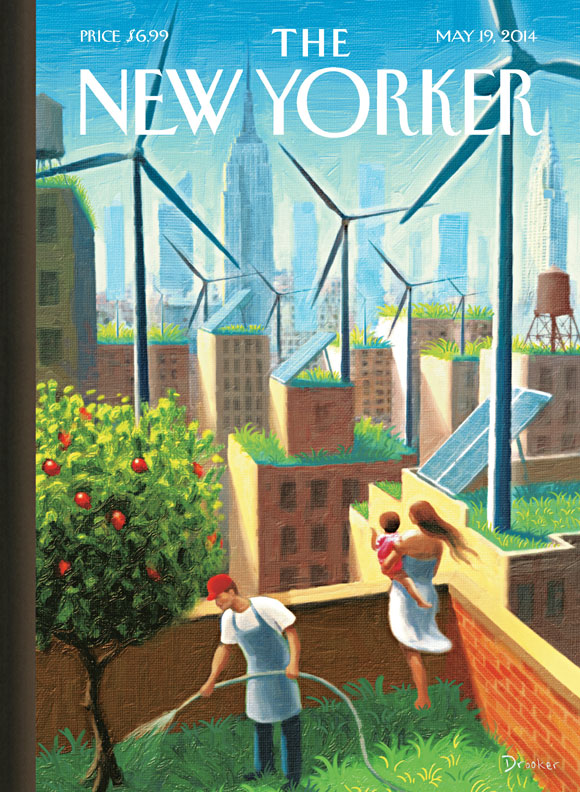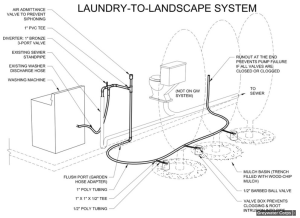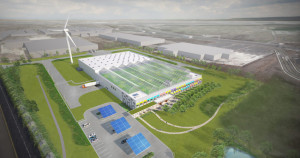by MINA KANEKO and FRANCOISE MOULY, The New Yorker, May 12, 2014
“I painted a future that’s completely achievable,” Eric Drooker says of this week’s cover, “A Bright Future.” “All the technology for it already exists,” he adds. “What’s lacking is the political power to make it happen. In New York especially, the city has so much potential. When you fly overhead, you see that New York’s mostly a sea of flat, empty rooftops, with the streets in between as small alleys.”
“That was one of the things I loved best about being a kid in New York, spending time on rooftops. No one ever used them, which was amazing to me. You’d think that people would hang out there and grow gardens. You have these amazing views, and you have the whole city to yourself; it’s a magical place.”

Cover of the May 19, 2014 edition of The New Yorker
Image: Eric Drooker
Source: www.newyorker.com
See more covers celebrating New York rooftops and read the original story

